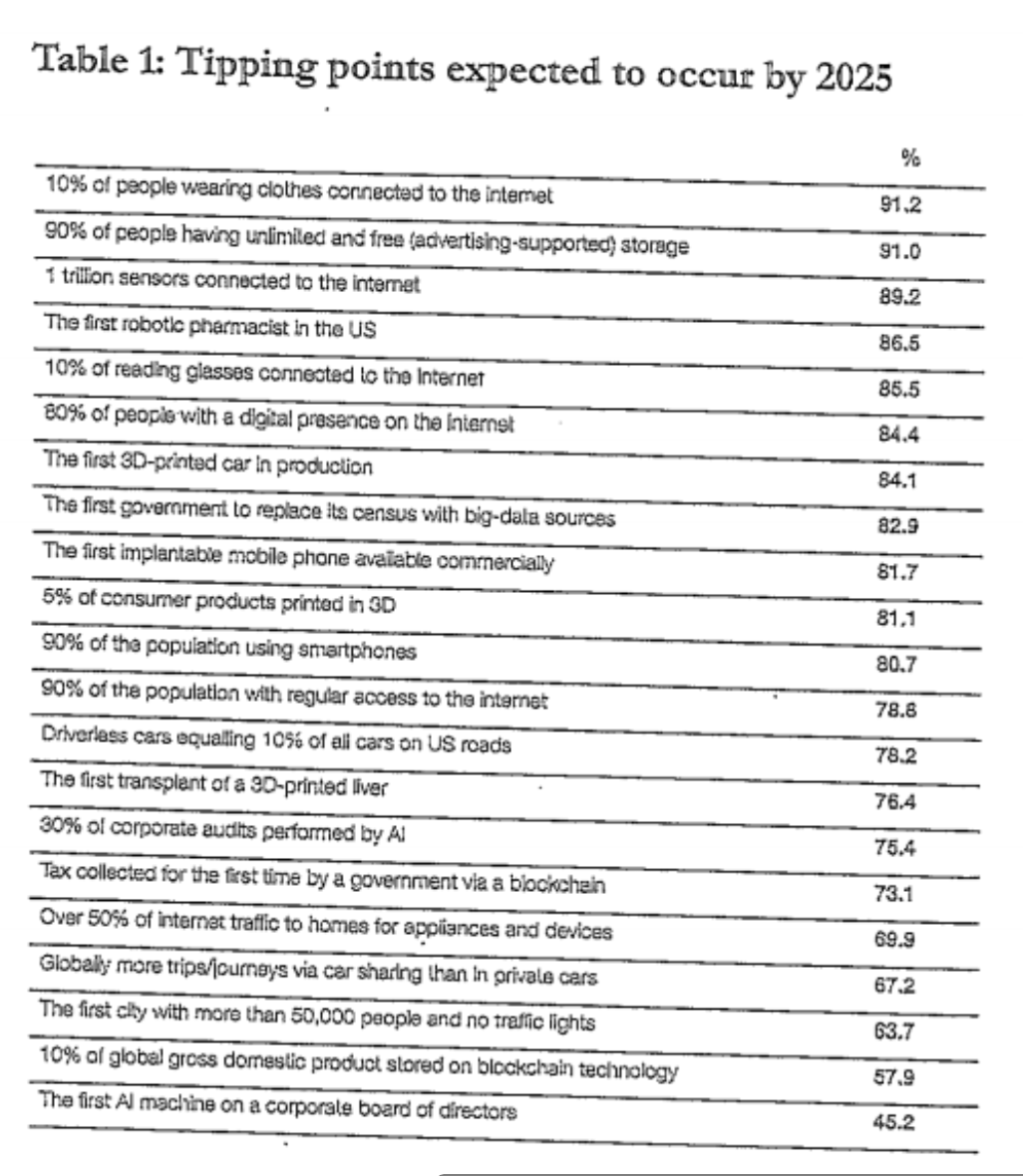This weeks reading, “A World of Differences“, looked at the ever changing market in the entertainment and media global industry. The discussion of the rise of digital media and digital consumption was fascinating as it really does feel as though we are heading into a world where everything is online. The emergence of Netflix has begun to shape the way entertainment and media is produced and released with the introduction of on demand personal programming. the reading discusses this as ‘bundles’ in relation to tv, films and primarily music, Apple music and other services which allow users to pick and stream whatever content they want.
The entertainment and media industry is facing a an era of change and companies must be able to adapt in order to stay relevant. People now want to be able to watch what they want, when they want and how they want, be it across multiple platforms or multiple forms of storytelling and media entities must be able to keep up with that.
What I found interesting was the content is king section which discussed how, despite newfound access to global content, it was the local content being produced in countries like Australia, Denmark and China, which still brought in the highest viewers/buyers. I am interested to see how (or if) this changes in the future when technology and digital media becomes even more accessible and prevalent in society.
